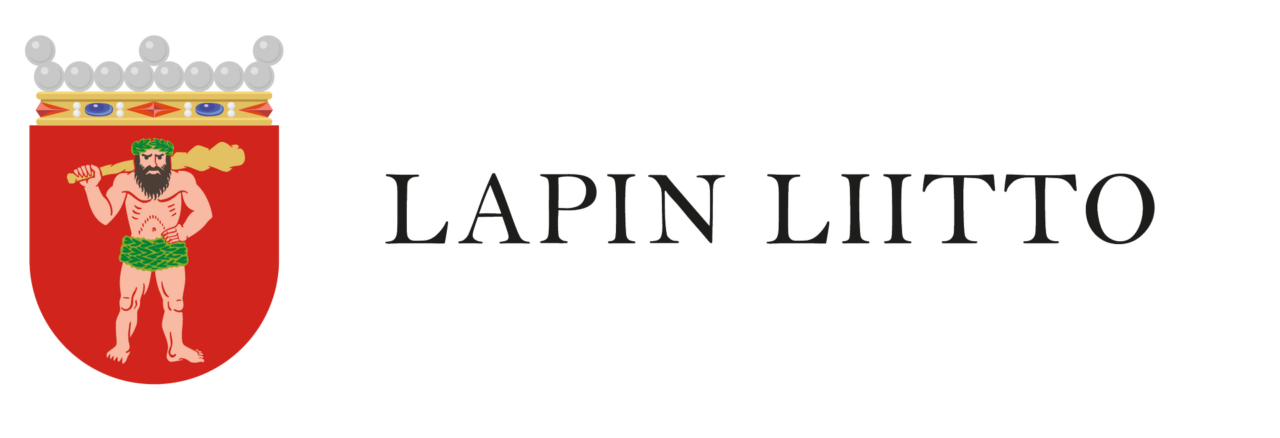Utsjoki in the winter is an unforgettable experience! Experiencing peace and quiet in clean Arctic nature is memorable. Exploring nature in the winter is usually physically more demanding than in the summer. The snow blanket and the changing profile of the Utsjoki fells when carrying a backpack or pulling a sledge makes exploring nature in the winter physical but also highly rewarding. Here are some instructions on how to prepare for safe winter camping.
How to Explore Nature Safely in Winter
Turvallisesti talvireiteille

Winter conditions of Utsjoki are extremely challenging. Wind can add to the bite of cold by dozens of grades (in Celsius) and conditions change rapidly. Tracks disappear fast in snow storm. Safest way to start winter hiking is to begin with day trips, preferably with friends.
There are many skilled wilderness guides in Utsjoki, who assist in experiencing the Arctic wilderness safely and enable you to get more out of the experience.
Keeping with you a traditional paper map and compass and knowing how to use them is important. In heavy frost, the telephone battery may freeze quickly. A backup power bank is helpful and it is good to download the topographic map app on your phone for offline use, because there is not necessarily reception and Internet connection in the fell.
It is safest to keep with you a map or a compass. Navigating and recognising terrain are often challenging in the scenery filled with wintery snow or when a snow storm hits you.
In winter, there is not much natural light. It is good to schedule an excursion during light. A good headlamp helps you to move on and read the map in the dark as well. Remember to check the ice conditions if your route goes on ice.
Wearing Layers and Skis or Snowshoes Make Winter Camping Pleasant Experience
A winter camper should dress warmly. Wearing layers keeps you warm and, when necessary, you can add or remove clothes according to the temperature. The idea in layered clothing is that the lowest layer is an undergarment (for example, of merino wool) transferring moisture to the next level. Then comes an insulating layer of fleece for example, and on top comes a layer keeping wind and rain. It is important to have with you a dry undershirt, which you can put on during a break. It is good to have a jacket with you; for example, a padded jacket really warms you up.
In addition to warm clothes, a winter hiker shall be able to somehow walk in the snow. Mountain or forest skis are a good choice, and so are snowshoes or sliding shoes. Mountain skis are good for navigating in wind-cured fells: you do not need so much carrying capacity then but the grip is more important. Forest skis carry well and are suitable for snowy skiing and so are broad sliding shoes. Traditional snow shoes also carry well and using them is great particularly in the treaded routes and during carrying stock.

Short Day Trip or Longer Hike
The gear you need to take with you is determined by the duration of the trip of hike you are planning. The gear needed for a day trip is naturally lighter than the gear packed for a weekend or a week-long winter hike. Whether it is a short or a long trip, you should always pack a map and a compass, a warm change of clothes, food and beverages, fire making equipment, headlamp and toilet paper. If you intend to stay overnight in winter, prepare yourself with a winter sleeping bag, winter mat and accommodation such as a tent. Having a tent is justified, even if you intend to sleep in a wicket or a hut or cabin, as due to rough weather you may be forced to set up tent in the middle of the trip. Find out in advance whether there is firewood in the hut or cabin.
For a longer winter hike, you need additional gear, so you need a backpack or a sledge. If you intend to sleep outdoors, the amount of gear taken with you is so large that the sledge is a better alternative than a backpack. A sledge and a small daypack are often the best solution on longer hikes.

This sustainability website has been created as part of a project on Sustainable Tourism in Utsjoki. The project is supported by the European Regional Development Fund, the Regional Council of Lapland and the municipality of Utsjoki, the aim of which is to make Utsjoki an even more responsible travel destination and to steer the travellers to travel in a responsible. More information on the project can be found here (in Finnish only).





